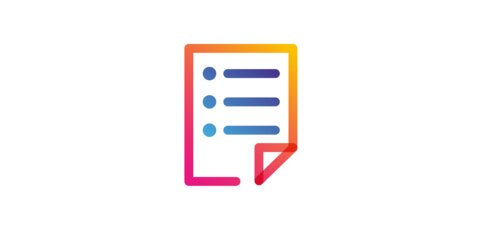Gender pay gap report
At the National Autistic Society, we are committed to promoting equality and diversity among our staff, which we believe is vital to our work as an effective and dynamic charity. We welcome the opportunity to report on our gender pay gap, and from 2024 we voluntarily publish our ethnicity pay gap; we do this to acknowledge our commitment which aligns to our core values.
For more information on our gender (and now ethnicity) pay gaps, please click on the links below.



